Coming, Going, or Just Passing Through
Feeder activity slows down a bit for most of us just before overwintering birds begin to arrive in Florida. It was about the third week in October when Northern Cardinal activity plummeted at our feeders but Chipping Sparrows began arriving at about the same time. The numbers haven't built up much yet but let's hope they're on their way soon along with many other overwintering species. Here is a summary of the more common feeder birds whose activity varies due to migration.
| American Goldfinch - A winter resident that begins to return in mid fall but doesn’t build at feeders until winter. Favorite food is oil sunflower but prefers nyjer closer to spring migration. | 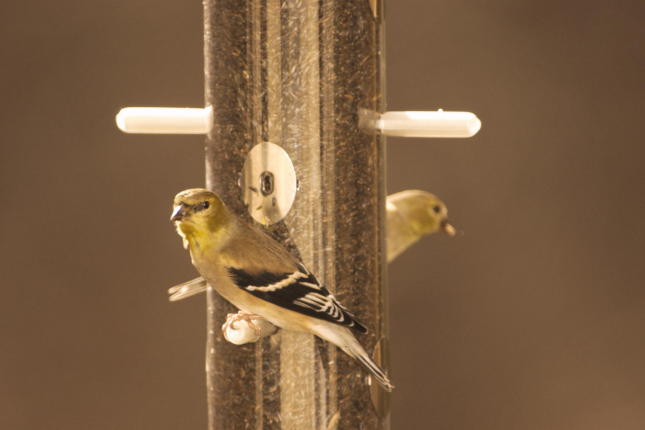 |
| Baltimore Oriole - Migrants move through in late summer and early fall and overwintering birds return in November. Favorite food is fruit (oranges, grapes, jelly, etc.), suet, and nectar. | 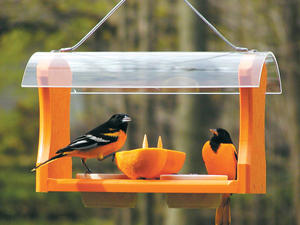 |
| Chipping Sparrow - Winter resident arrives in October and builds consistently into winter. “Chippies” can form large flocks. Favorite food is millet. | 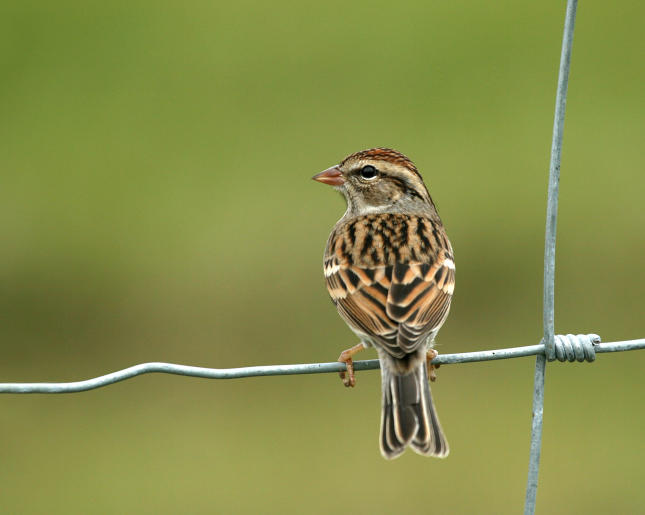 |
| Yellow-rumped Warbler - One of the most abundant overwintering birds but unpredictable at feeders. Can become very regular at feeders in small numbers. Favorite food is insects, suet, and Bark Butter. | 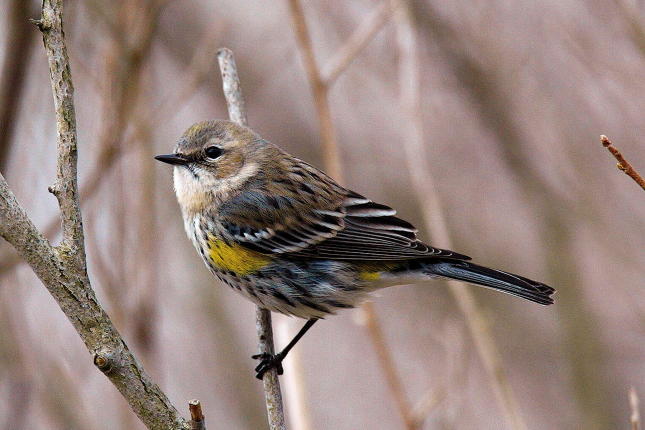 |
| Hummingbirds - Most of the hummingbirds that stay in Florida and other parts of the United States in winter are not Ruby-throated (right). That distinction belongs to the Rufous Hummingbird (left), a species that breeds in the Pacific NW. Leave a nectar feeder up! | 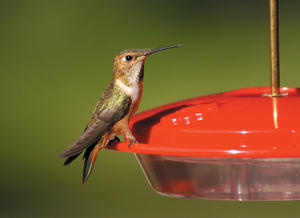 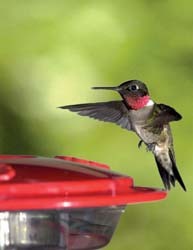 |
| Indigo Bunting - Migrates through in large numbers in September and October and can be regular at feeders during migration. Favorite food is millet and oil sunflower. | 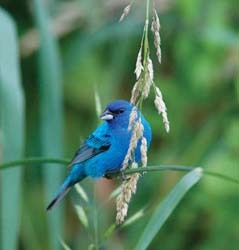 |
| Rose-breasted Grosbeak - A regular migrant throughout the fall. Many regular birdfeeders have seen a grosbeak at some point but none of us can predict what will happen year after year. They usually only stay a short time before continuing on south. The male (top) and female (bottom) look very different. | 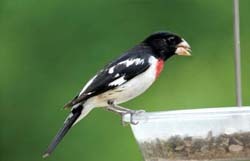 |
| The bright red chest of the male makes it a pretty easy identification for most, but the female is more drab and difficult to identify. We get a lot of calls at the store during migration to identify female Rose-breasted Grosbeaks. Favorite food is black oil sunflower and chips. | 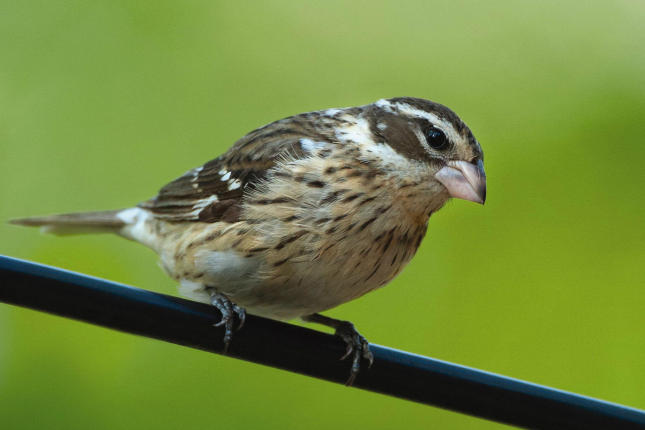 |
Local Bird Videos
Technology has brought a new dimension to the enjoyment of birdfeeding and birdwatching at Wild Birds Unlimited. Now, you can enjoy highly entertaining videos of local bird activity shot with our own GoPro action camera by subscribing to our Facebook and Youtube pages and by checking our store website frequently for updates to our Local Bird Videos page.
Bird news on Facebook
WBU of Gainesville has a Facebook page for birding and feeder news. Check it out!

